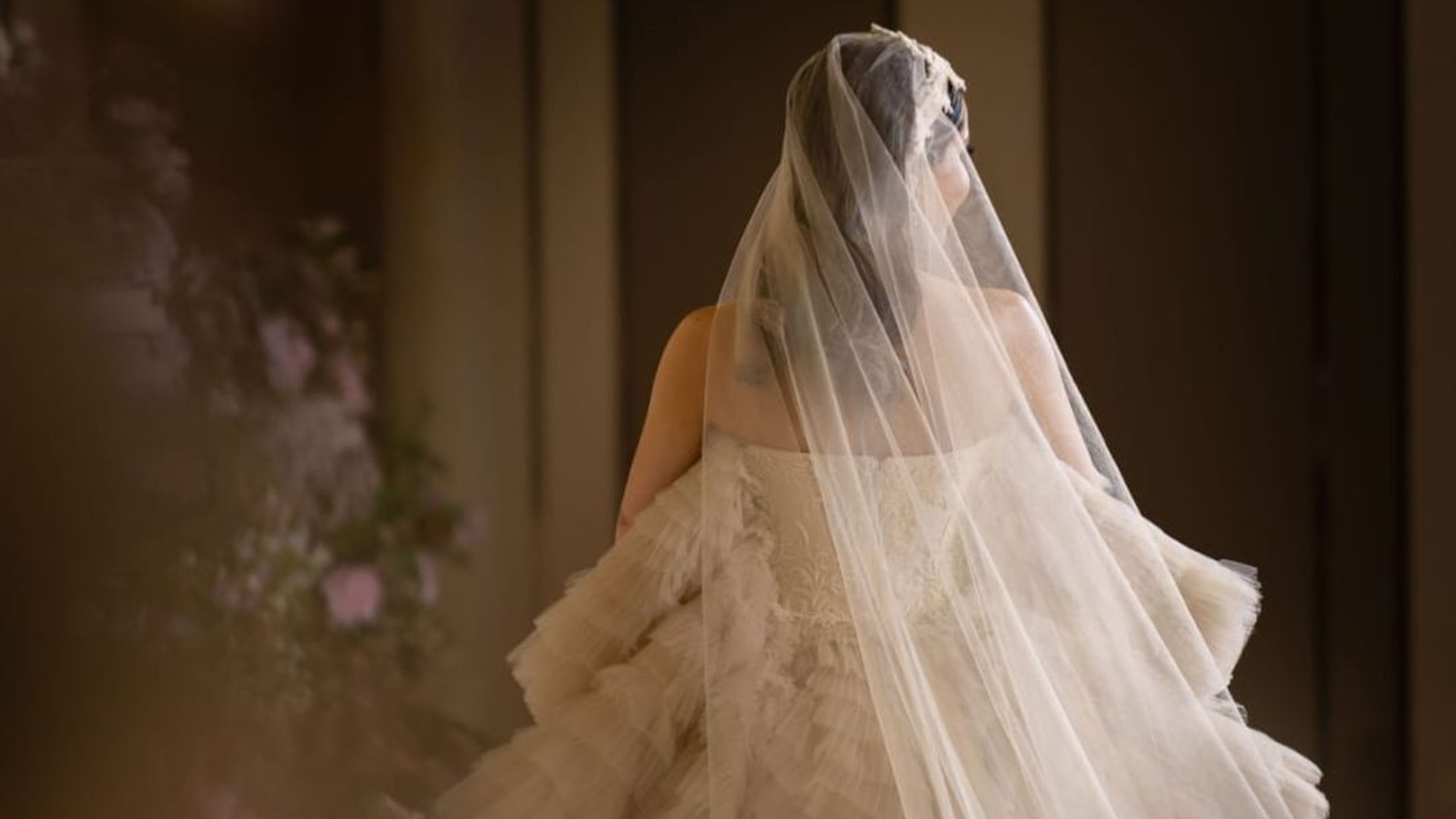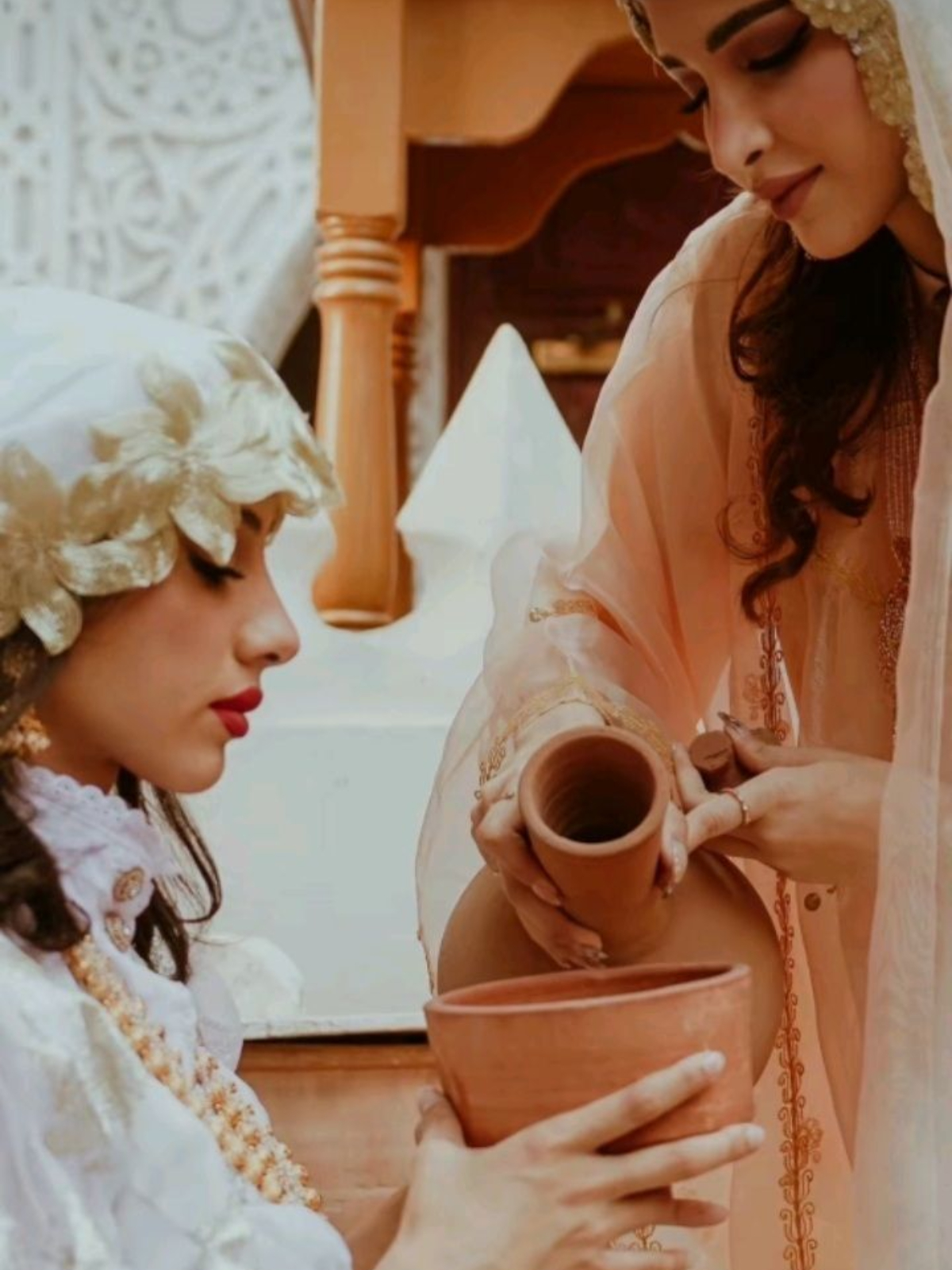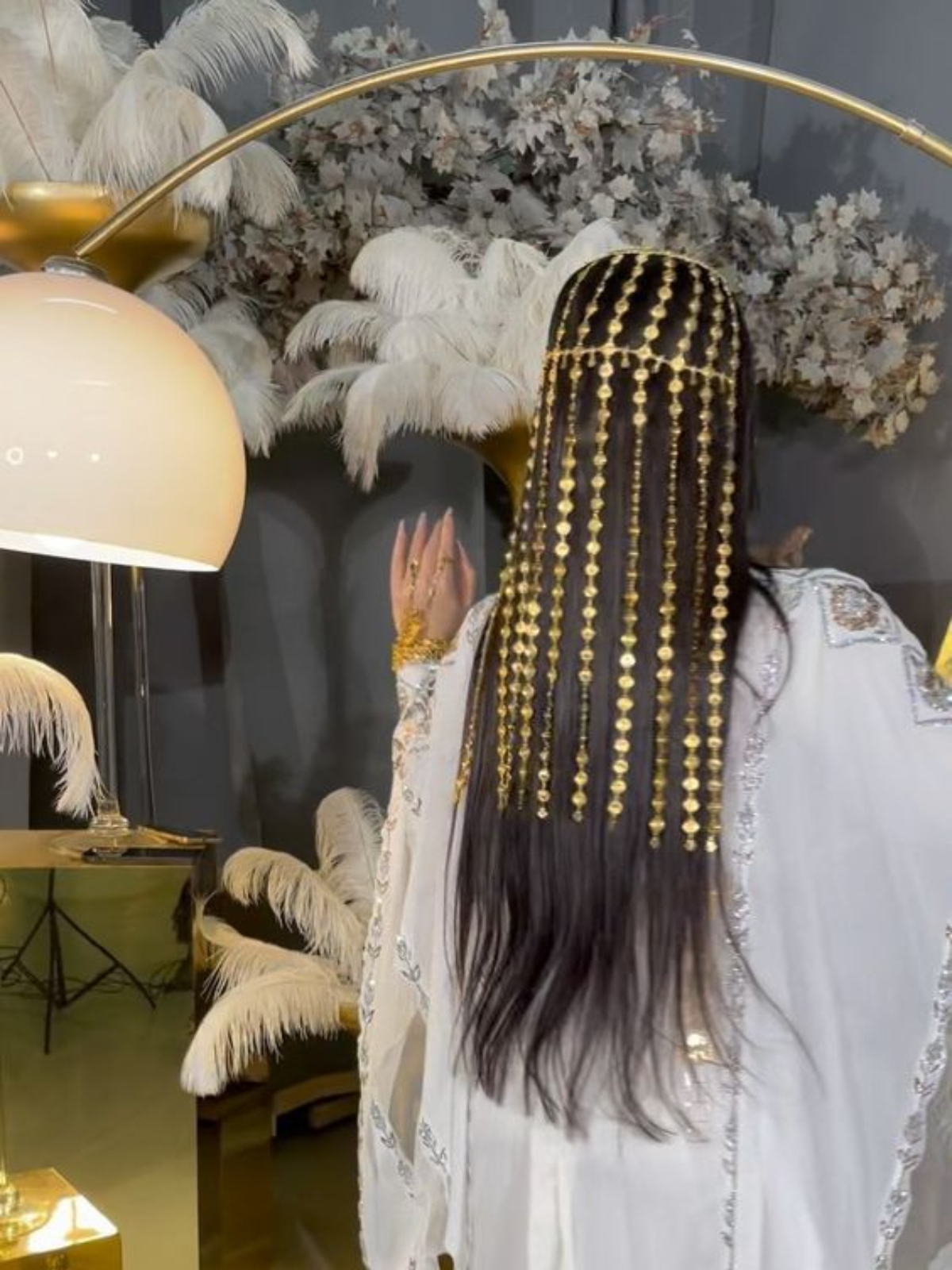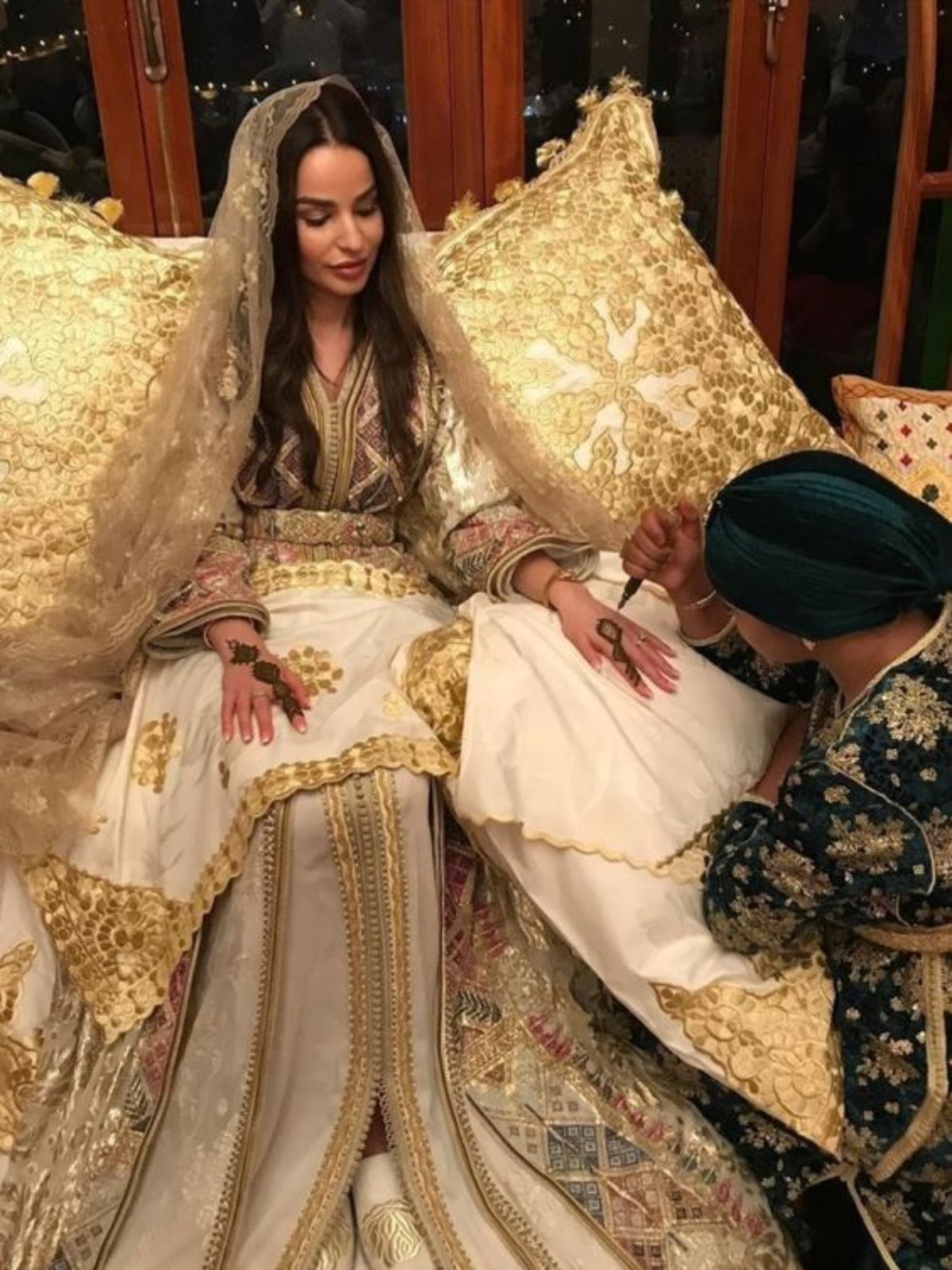Newsfeed

Throughout history, Arab weddings have become renowned for their rich cultural tapestry of ancient traditions and customs.
The ceremonies are often exquisite, with each detail a grand display of opulence and grandeur. From the food to the decor and sizeable guestlists, weddings in Arab culture are a community affair, symbolising the union of not only the bride and groom but of two extended families now bound together as one.
For the bride-to-be, her role is highly honoured, as she prepares to leave her familial home and embark on a new chapter. To help prepare her for this significant change, the bride is often surrounded by loved ones as they engage in an ancient custom known as Nawashi.
An integral part of Emirati and Arab bridal traditions, Nawashi encompasses a 40-day ritual of pampering and self-care for the bride-to-be. During this period, the bride is encouraged to eat the most nurturing, nutritious foods, and undergo an array of traditional beauty treatments so that she may look and feel her best on her big day.

“Nawashi symbolises the importance of marriage and prepares the bride both physically and emotionally for her new life,” says Maryam Abdullah Ahmed, one half of the duo behind the popular online platform, @khaleejiweddings.
“Rooted in Bedouin culture and Islamic traditions, Nawashi involves a series of beauty and wellness treatments that celebrate the bride, enhance her beauty, and fortify familial bonds, reflecting the community’s respect for marriage and cultural heritage,” she explains.
TRADITIONAL TREATMENTS
According to Maryam, many of the treatments the bride will undergo are deeply traditional and culturally rich. Popular rituals include the Hammam or Moroccan Bath, characterised by a purifying steam bath followed by exfoliation and deep moisturisation, leaving the skin feeling soft and glowing, as well as nourishing hair treatments using different natural oils, and intricate braiding adorned with flowers.
When it comes to skincare, the bride will be treated to an array of masks and facials using ingredients from the region that are renowned for their skincare properties. These include rose water, saffron, and turmeric which are used to brighten and rejuvenate the skin. Then there is the ancient method of body sugaring. Originating in Persia in 1900 BC, brides will use a concoction of brown sugar, lemon, and water to remove bodily hair in a gentle and natural way, leaving the skin feeling smooth and supple.

Henna is also an integral part of the Nawashi period, along with the application of traditional Middle Eastern perfumes. “It is customary to envelop the bride in captivating scents, such as fragrant oils and attars, throughout the wedding process,” says Maryam.
BEAUTY BENEFITS
Brides in the UAE and Arab region will use a selection of luxurious essential oils and natural flower extracts during their pre-wedding routines, specifically chosen for their myriad beauty benefits. Popular choices include argan oil, loved for its moisturising and nourishing properties for the hair and skin; rose oil, favoured for its hydrating and soothing benefits, and its delicate floral scent; and jasmine extract, often used in hair treatments to enhance shine, and add a sweet, floral aroma. Sandlewood, valued for its calming effects, is also often used in the bride’s skincare and perfumery, while oud, a popular ingredient in the region’s fragrances and beauty regimens, adds a celebratory aroma to the wedding preparations.
WELLNESS OF THE BODY, MIND & SOUL
The concept of Nawashi extends far beyond external beauty. At its essence, Nawashi is about fostering wellness from the inside out, encouraging cultural connection through centuries-old treatments, and fostering a festive spirit in the lead-up to the big day. “The pampering sessions, often involving massages and aromatic therapies, help the bride relax and alleviate pre-wedding stress and anxiety,” says Maryam.
“Engaging in these rituals connects the bride to her cultural heritage, fostering a sense of identity and continuity. They also often include family gatherings, music, and celebration, adding to the joyous anticipation of the wedding,” she adds.
In addition to enhancing the bride’s natural beauty, each treatment serves as a conduit through which she can feel radiant and cherished, enhancing her wellbeing and confidence before walking down the aisle.
COMMUNITY SPIRIT
An important part of Nawashi bridal treatments is the integration of the community. During the 40-day period, usually a day or two before the wedding, the bride will celebrate her Laylat Al Henna, or Henna Night where female family and friends of the bride will congregate with music, dance, and communal bonding, as they apply intricate henna designs.
Henna is deeply symbolic in the UAE and the broader Islamic world. The reddish-brown stain is believed to bring good luck, happiness, and prosperity to the bride as she transitions into married life, while the patterns are thought to represent love and prosperity.

EAST MEETS WEST
In addition to the traditional treatments, Maryam recommends that brides should prioritise a few essentials in their beauty regimen before the wedding. These include manicures and pedicures, eyebrow shaping to enhance facial features, body scrubs and wraps, regular facials, and relaxation techniques to maintain a calm demeanour amidst the hustle and bustle leading up to the big day.
“These treatments, combined with traditional rituals, create a holistic beauty regimen that prepares the bride for her special moment with confidence and grace,” Maryam affirms.








